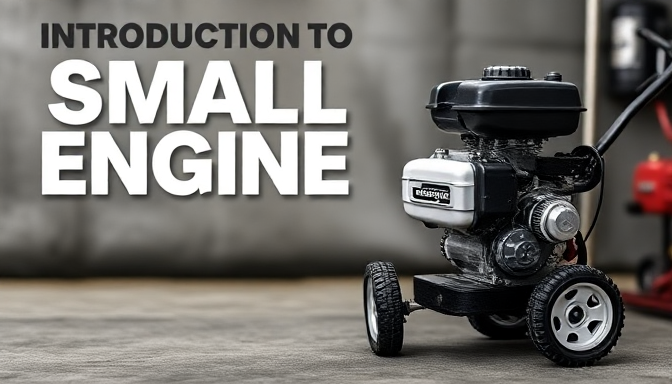
Understanding Small 4-Cycle Gasoline Engines
Small 4-cycle gasoline engines are the heart of many household outdoor power tools, including lawnmowers and snow blowers. These compact powerhouses operate on the same basic principles as larger automotive engines, but with some key differences. Understanding how these engines work is crucial for any homeowner looking to maintain and repair their equipment effectively. By familiarizing yourself with the fundamental components and processes of small 4-cycle engines, you'll be better equipped to diagnose issues and perform necessary maintenance.
The four cycles in a small gasoline engine refer to the four distinct stages of operation: intake, compression, power, and exhaust. During the intake stroke, the piston moves down, drawing in a mixture of fuel and air. The compression stroke follows, with the piston moving up to compress this mixture. Next comes the power stroke, where the compressed mixture is ignited by the spark plug, forcing the piston back down and generating power. Finally, the exhaust stroke expels the spent gases as the piston rises again. This cycle repeats continuously, allowing the engine to run and power your outdoor equipment.